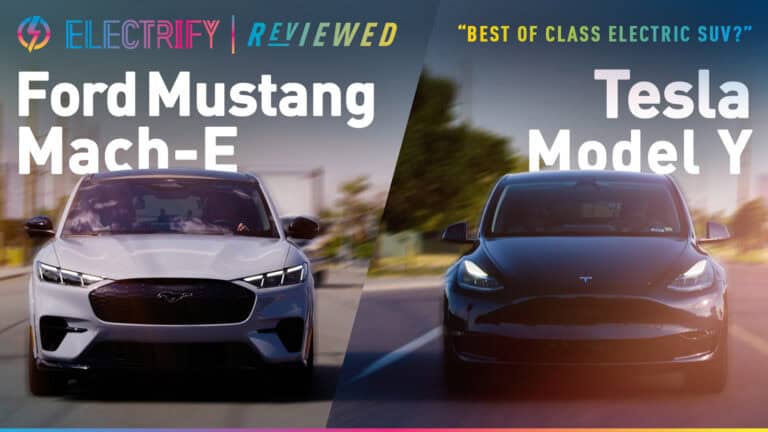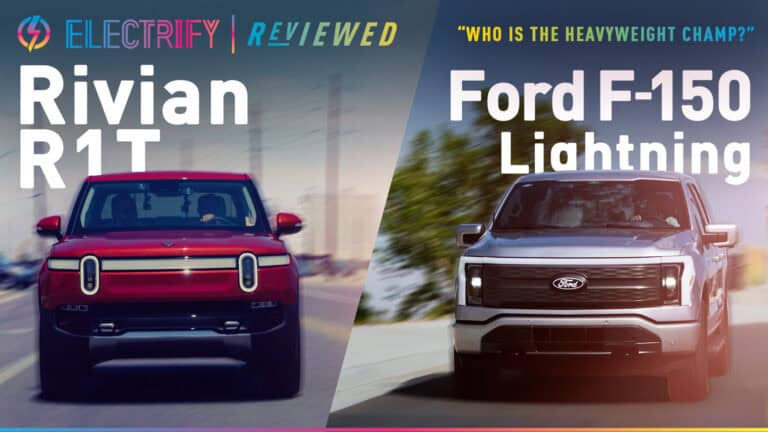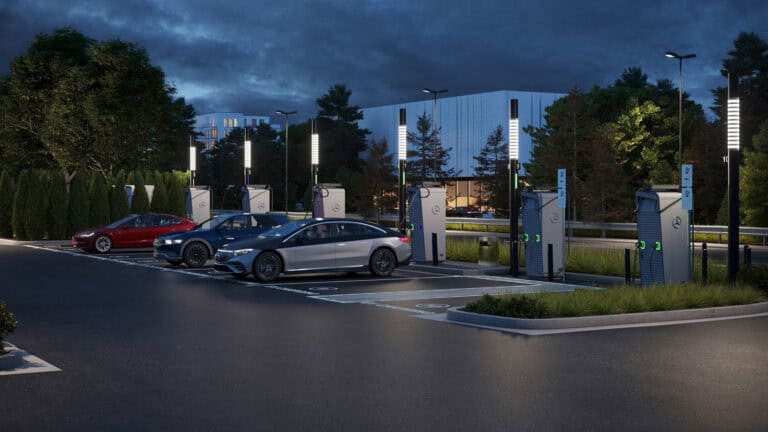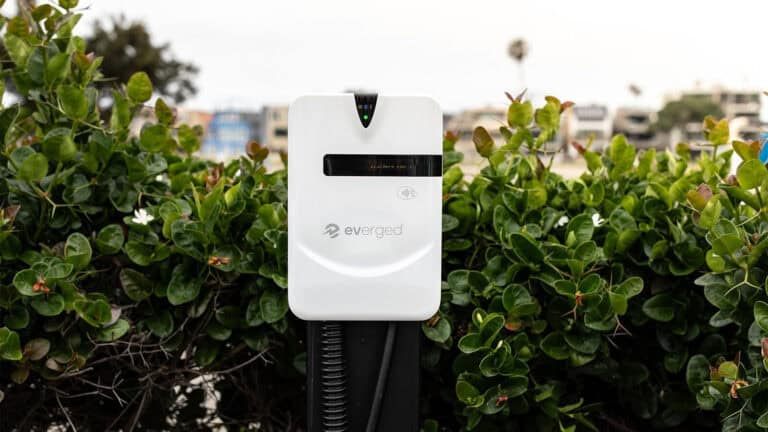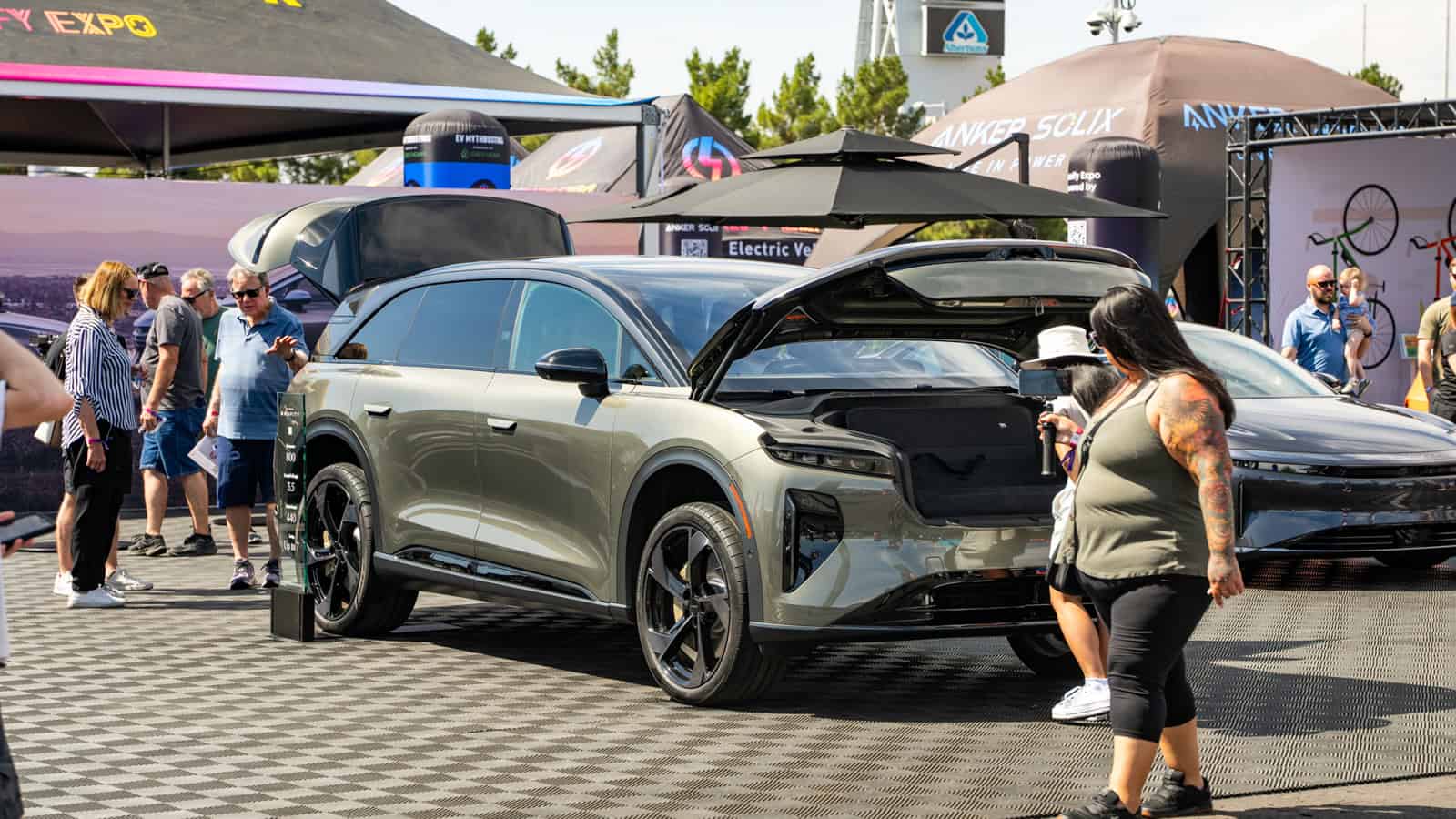- Electric bike riders should wear helmets and safe footwear.
- Visibility is a safety issue for e-bike riders.
- New York City passed a law requiring UL certification for e-bike batteries.
- Modifying e-bikes is problematic when consumers change the electrical components.
- E-bike manufacturers should educate consumers on how to ride safely by following cycling etiquette.
During the Electrify Expo in Long Beach, California, industry representatives from e-bike companies chatted about e-bike safety issues. Representatives from Aventon, OKAI, and JackRabbit Mobility, Inc., shared the stage with moderator Tony Donaldson and attorney Kathleen Curtis from Nilan Johnson Lewis.
Their discussion focused on how to keep riders of all experience levels safe on their e-bikes and scooters. They shared their thoughts on user manuals, modifying e-bikes, and encouraging riders to don their helmets.
Educating the Riders
All panelists agreed that consumer education is the number one issue for e-bike manufacturers. Now that e-bikes are ubiquitous, riders with a variety of experience levels are purchasing them. Many new riders have sat on a bike in 20 years, so educating them about wearing helmets and following cycling etiquette is a challenge.
The manufacturers use a variety of methods to help new riders learn to be safe. They rely on new techniques like sharing QR codes that open quick videos, while others include paper manuals in the box. Safety training should be appropriate for experienced riders and for e-bike newbies.
Because of shortened attention spans, manufacturers create short videos to teach riders how to assemble their bikes, how to decide when and if to ride on the sidewalks, and how to choose safety gear like a properly fitting helmet and appropriate footwear.
Manufacturers should also craft their marketing material to reflect safety practices. All riders should wear helmets in all advertisements. If bikes are designed for single riders, advertisements should not include two riders on one bike.
Making Electric Bikes Safe
During the panel, the electric bike representatives shared ways their companies are making their products safer. The representative from OKAI shared that their newest bike – the EB60 – will have a front handlebar with a panel of lights. All cyclists should be concerned with visibility and too many manufacturers do not add lights as a standard feature.
Modifying Electric Bikes
The panel shared their thoughts on owners modifying their e-bikes. All representatives agreed that adding lights, mirrors, and other safety features improve rider safety. They also agreed that consumers modifying electrical components and batteries decreased safety. In fact, modifying the battery could cause battery fires.
The panel recognized that consumers will modify their bikes, but the key to keeping riders safe is by educating them. Riders should follow cycling etiquette by not riding at excessive speeds on bike paths. They should wear their helmets and be responsible when riding in public.
Many manufacturers include warranties with their products. If consumers modify the electrical components and batteries, the warranties become void. Many consumers want to keep their warranties valid, so they only modify them with lights, mirrors, and other accessories.
Regulations with Chargers and Batteries
Because of repeated fires from e-bike batteries, New York City instituted a new law about UL regulations for e-bike batteries. The new law requires all electric bicycles sold in NYC must have UL 2849 certification. Violating the law could result in a fine of up to $1,000. The panel was certain this law would eventually extend across the country.
The panel agreed that the law was necessary and helpful. They also agreed that consumers should use the charging systems that come with their e-bikes. Manufacturers should label their chargers so consumers know they are using an OKAI charger with an OKAI bike or an Aventon charger with an Aventon bike.
Manufacturers can also protect riders by putting proprietary technology in their bikes. With specialized technology, riders are less likely to modify their bikes. The proprietary technology lets manufacturers control quality and follow regulations – especially regarding UL and Consumer Product Safety Commission rules.
Manuals and Quick-Start Guides
Manufacturers can improve rider safety by writing manuals and quick-start guides with clearly written and illustrated instructions for all riders.
As e-bikes become ubiquitous, inexperienced riders need to know how to operate them from the first ride. If non-native speakers write the instructions, manufacturers should translate them for native speakers. Manufacturers can also turn to outside sources to draft their manuals, as they experience the product with fresh eyes.

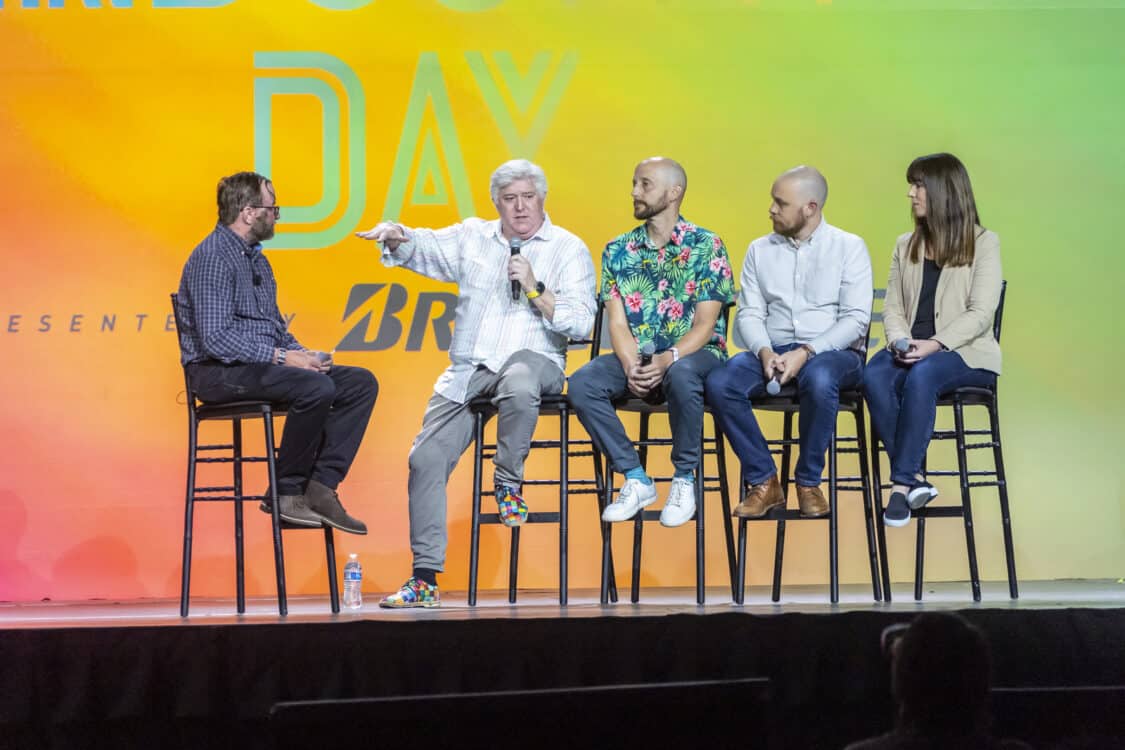






SOURCE | IMAGES: ELECTRIFY EXPO
FTC: We use income earning auto affiliate links. Learn more.



